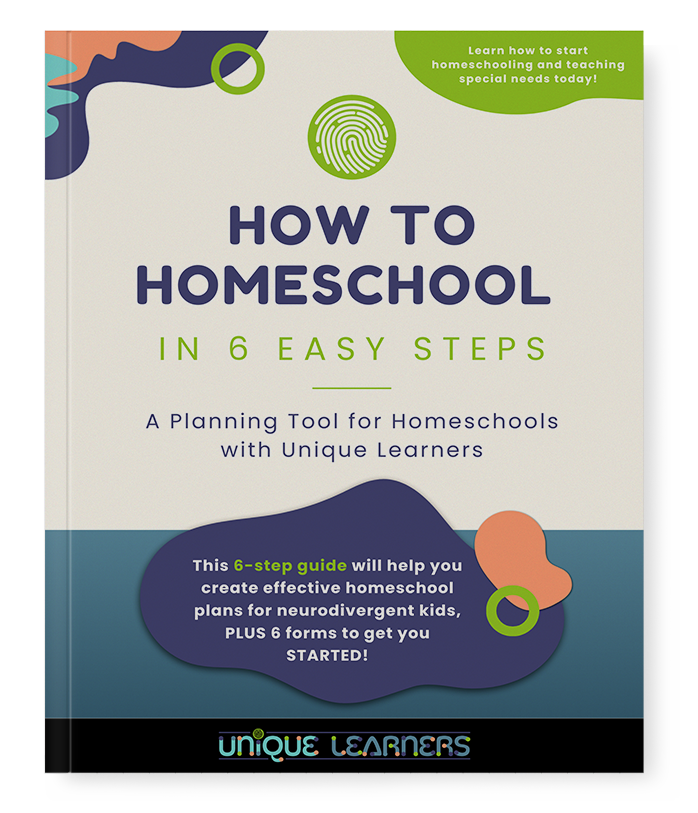As veteran homeschool mom, I am always seeking out “living books” that spark a love of literature. As a learning specialist, I am always searching for books that will nurture comprehension skills for both fiction and nonfiction. I teach many students with dyslexia, autism, and kids with other reading difficulties. So, I try to keep a balance between decodable phonics practice passages with engaging literature with rich language, as well as nonfiction informational text. Watch for a future blog post where I discuss how to teach fiction and nonfiction comprehension skills.
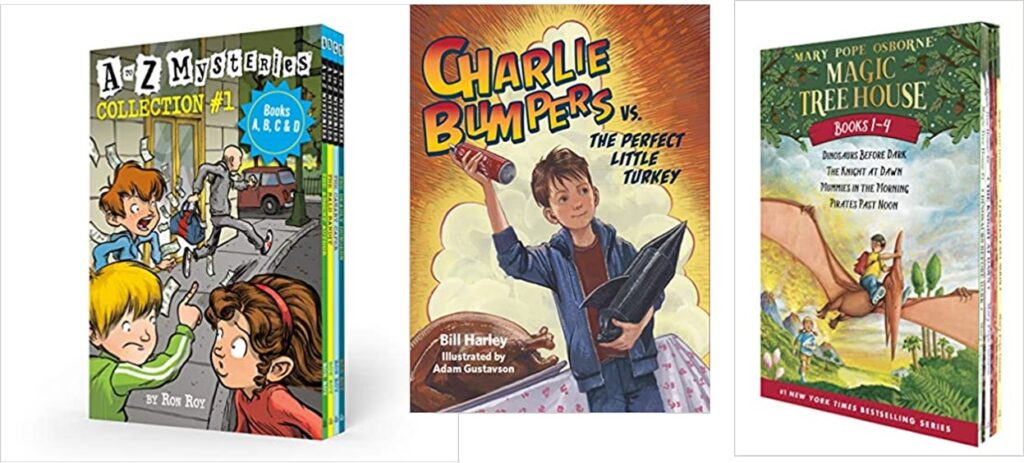
I love to find books that fit one of the many language arts goals for my students. This article is an alphabetical listing of great books appropriate for tweens and teens reading at a third or fourth grade level to practice reading independently or with some assistance.
This list is sorted by fiction, biography, and nonfiction. Select the books that you think will connect with your tween or teen based on their interests and the unit studies you may want to cover. If the books are leveled readers, keep in mind, they are not decodable phonics-based readers; however, they do fit my criteria for this level.
I would also encourage you to introduce books that may not be your kiddo’s first choice. Kids, even adolescents, enjoy things that are familiar. They like songs and stories they have heard repeatedly. They like skills that have been practiced to the point of confidence. If you think a book may be met with some resistance, share it as a read-aloud shared book so that you can model your enthusiasm or critical reading skills. Then have your reader read it on their own. You may also introduce new titles in audiobook format so that it goes more quickly.
My criteria for finding beginning chapter books for older students are:
- interesting stories,
- short chapters,
- 15 chapter and/or 150 pages or fewer,
- larger fonts,
- mostly one and two syllable words
- occasional pictures to further comprehension of the plot,
- clean language,
- solid literature purpose rather than trendy “junk reads,”
- not babyish (hard to find, so if a title in my list is too immature for your student, cross it off and look at another title
Note: some of the books in the list are Christian stories, but many are not. Keep in mind, my criteria are to find quality literature for older students at a grade 3 reading level. If you have a Christian homeschool, you will find many great reads for your kids – even the younger ones. If you have a secular homeschool, select those that work for your family. I have marked Christian titles with an asterisk.
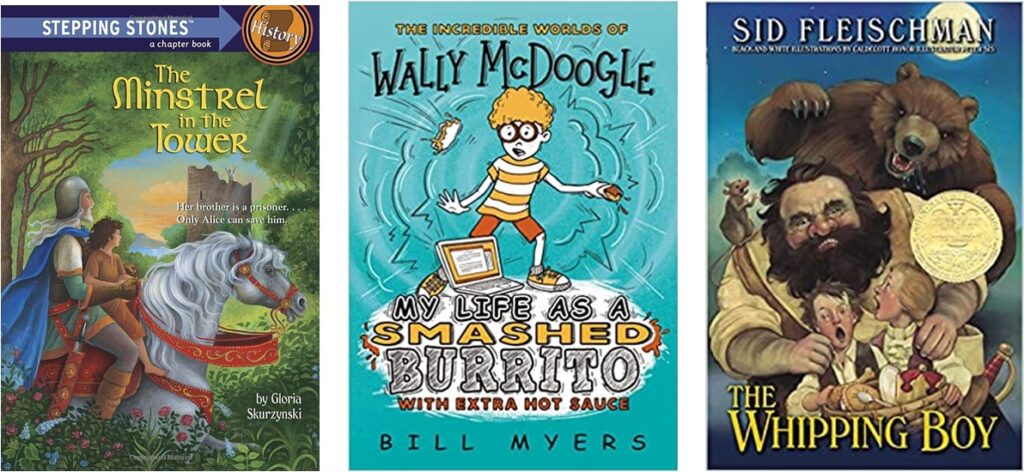
I hope you find some titles that are helpful in getting your older student to begin reading independently or at least with assistance beyond phonics readers with highly controlled vocabulary. If you come across a title your tween or teen loved, please share it with me! I’m always scoping for titles that have some substantial content yet satisfy the unique needs of beginning readers with dyslexia or other reading struggles. Be sure to tell me the age of your student and whether you used it as a read-aloud, for independent reading, or listened to the audiobook.
Chapter Books at Grade 3 Reading Level for students with language-based learning needs. Select titles based on your reader’s needs.
Fiction
- A Father’s Promise (Journey Forth Books) *
- A Gift for Mama, Esther Hautzig
- A Lion to Guard Us, Clyde Robert Bulla
- A to Z Mysteries book series
- Alvin Ho book series
- Amelia Bedelia Books (I Can Read Level 2 and 3)
- Babe the Gallant Pig
- Boxcar Children
- By the Great Horn Spoon
- Cam Jansen Series
- Chanticleer and the Fox
- Charlie Bumpers Book Series
- Charlotte’s Web
- Clara and the Bookwagon (I Can Read 3)
- Fables, by Arnold Lobel
- Fantastic Mr. Fox
- Flat Stanley Series
- Fun With Fables, Dolch
- Geronimo Stilton book series
- Here’s Hank
- Island book series, Gordon Korman
- Jewel Kingdom book series
- Knights of the Round Table (Stepping Stones)
- Little Pear
- Magic Tree House Books
- Mufaro’s Beautiful Daughters
- Once Upon a Cool Motorcycle Dude
- Pony Mysteries Series
- Poppy, by Avi
- Prince Martin Wins His Sword
- Tales of a Fourth Grade Nothing
- The Chocolate Touch
- The Courage of Sarah Noble
- The Dragon Defenders
- The Giving Tree
- The Incredible Worlds of Wally McDoogle book series, by Bill Myers *
- The Josefina Story Quilt
- The Kingdom of Wrenly
- The Lemonade War book series
- The Minstrel in the Tower
- The Nutcracker Ballet ((Step into Reading 3)
- The Secret Valley
- The Spiderwick Chronicles
- The Whipping Boy
- Tiger Boy, Mitali Perkins
- Tippy Lemmey
- Tornado, by Betsy Byars
- Zach and Zoe Mystery book series
Biographies
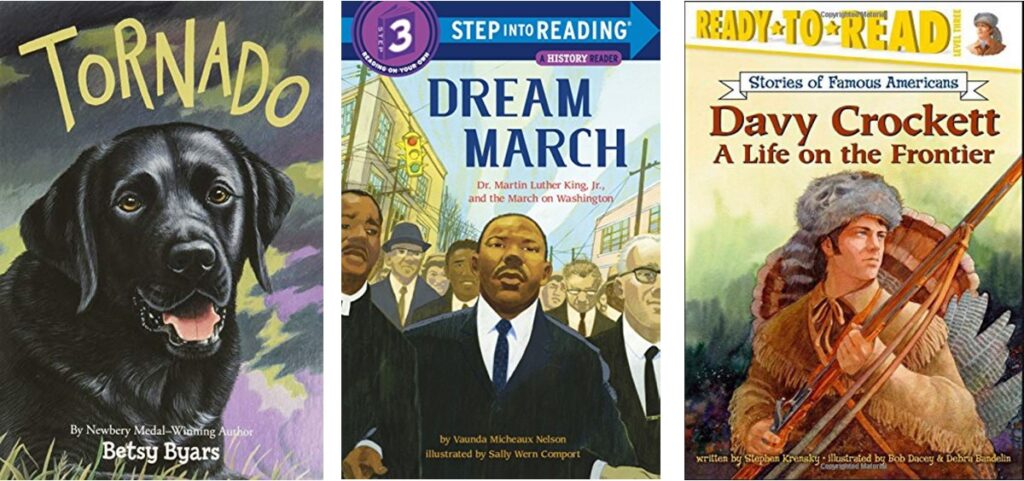
- A Boy Called Dickens
- Alexander Hamilton (Step into Reading 3)
- Babe Ruth Save Baseball (Step into Reading 3)
- Billy and the Rebel (Ready to Read 3)
- Brave Clara Barton (Step into Reading 3)
- Brave Kids: True Stories from America’s Past Series
- Davy Crockett: A Life on the Frontier (Ready to Read 3)
- Dream March: Dr. Martin Luther King, Jr. (Step into Reading 3)
- First Flight (I Can Read Level 4)
- George Washington and the General’s Dog (Step into Reading 3)
- John Adams Speaks for Freedom (Ready to Read 3)
- Lewis and Clark: A Prairie Dog for the President (Step into Reading 3)
- Listen Up! Alexander Graham Bell’s Talking Machine (Step into Reading 3)
- Rachel Carson and Her Book That Changed the World
- Sadako and the Thousand Paper Cranes
- Teddy Roosevelt: The People’s President (Ready to Read 3)
- The Man Who Walked Between the Towers
- The Race of the Birkebeiners
- The True Story of Pocohontas (Step into Reading 3)
- You Should Meet Katherine Johnson (Ready to Read 3)
Nonfiction
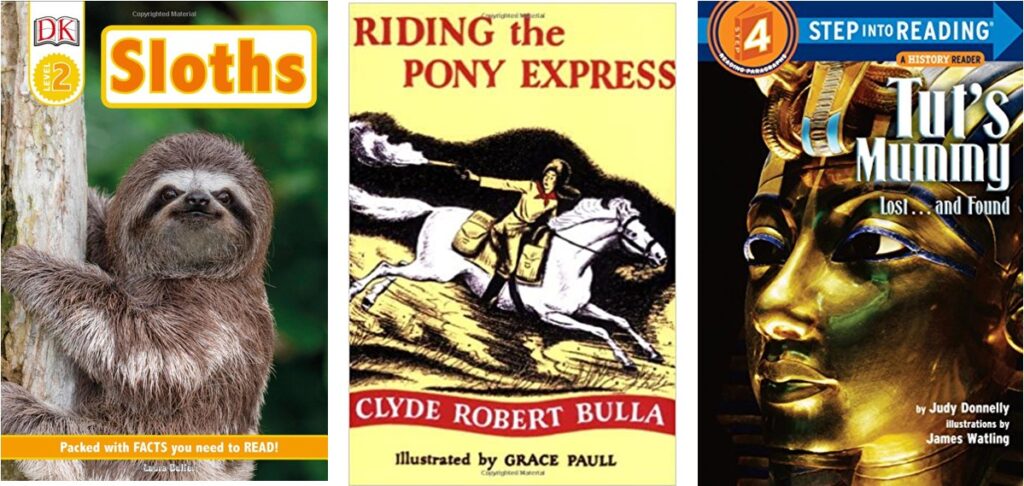
- Amazing Animal Journeys (National Geographic Kids 3)
- Amazing Bees! (DK Readers 2)
- Cats and Kittens (DK Readers 2)
- Choppers! (Step into Reading 3)
- Dolphins (Step into Reading 3)
- Game On in Ancient Greece
- Great Migrations: Butterflies (National Geographic Kids 3)
- Heavy Duty Trucks (Step into Reading 3)
- Hungry Plants (Step into Reading 3)
- Hungry, Hungry Sharks (Step into Reading 3)
- I Survived Series
- Journey of a Pioneer (DK Readers 2)
- Looking Up!: The Science of Stargazing (Ready to Read 3)
- Meet the Quokkas! (DK Readers 2)
- Monster Bugs (Step into Reading 3)
- Monster Trucks! (Step into Reading 3)
- More True Dog Stories, Dolch
- Pearl Harbor (Ready to Read 3)
- Riding the Pony Express
- Sloths (DK Readers 2)
- Sniffles, Sneezes, Hiccups, and Coughs (DK Readers 2)
- Space (Step into Reading 3)
- S-S-Snakes! (Step into Reading 3)
- The Bravest Dog Ever: The True Story of Balto
- The First Thanksgiving (Step into Reading 3)
- The Great Kapok Tree
- The Long Way to a New Land (I Can Read 3)
- The Long Way Westward (I Can Read 3)
- The Making of a Knight
- Totally True Adventures: Apollo 13
- Trains! (Step into Reading 3)
- Tut’s Mummy: Lost and Found
- Window on the World *
Comprehension of fiction doesn’t need to be difficult. Here are some questions that I often ask my students in a Charlotte Mason style narration of what they’ve read. While I appreciate details of the story, I mostly want to know that my kids can identify the main idea, draw out themes, and draw conclusions based on the plot line and devices. When asking questions about a short story, chapter, or entire book, I always start by asking about the elements: characters, setting, problem or conflict, main events, climax, and conclusion. I go into more detail to draw out from my student important concepts of literature or lessons from the story that they may have missed.
Here’s a FREE graphic organizer set that has the literary elements on the front and a list of literary devices on the back for older students who need repeated practice in pulling out these important features in fiction.
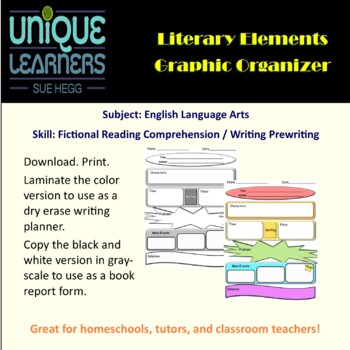
Who is the protagonist?
Who or what is the antagonist?
Is there anything you would change about the main character?
What is the setting? The time? The place?
Did the setting change as the story progressed?
What is the problem or conflict?
What is a major event in the story/plot that made a significant impact on the characters?
How did the author use description or narration to move the plot along?
Is there anything you would do differently if you were one of the characters?
What was the main climax? Was there more than one climax? Why did the author put in more than one exciting part?
How did the book end? Did you like the ending or would you have closed the story in a different way? Why do you think the author ended that way?
If there is a sequel to this book, would you want to read it? Why or why not?
